The Whiskey Brand That's Highlighting How Black History Shaped American Spirits
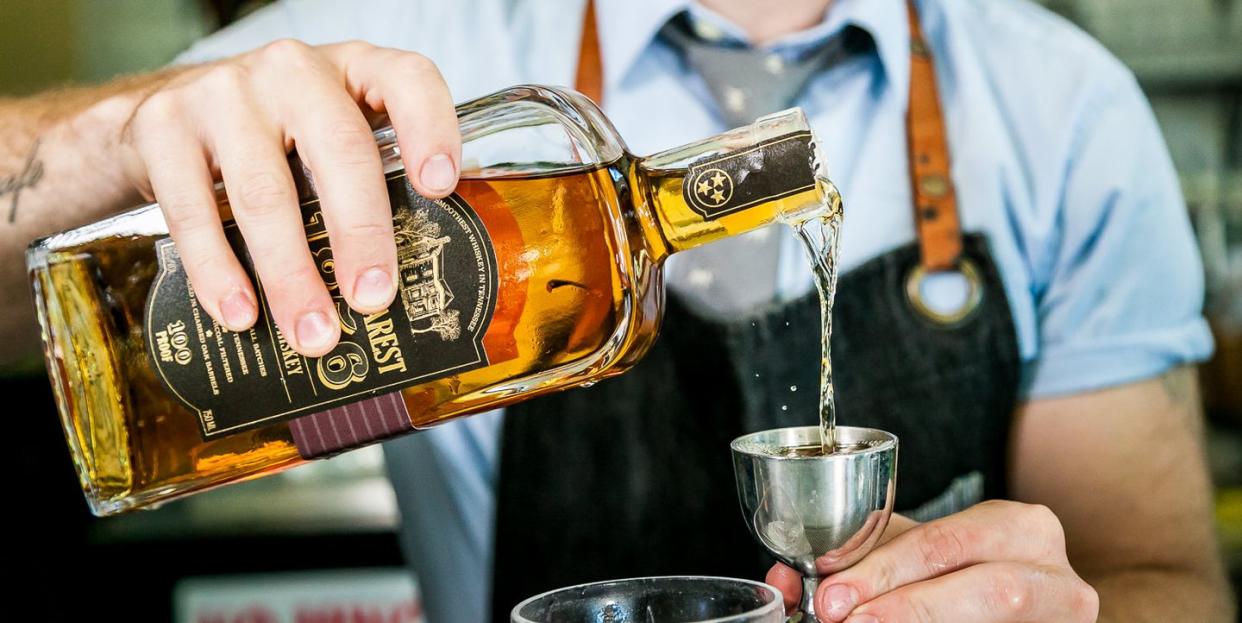
American whiskeys have always been proud of their heritage. From the Scottish and Irish immigrants who brought their distilling traditions to the new world, to moonshiners who kept the spirits alive during Prohibition, American whiskey makers have long leaned into the history of the liquor they bottle. And yet, for as long as whiskey has been distilled in the States—and since long before we were a country of our own—there's been another group contributing to the process whose stories have largely gone untold; those of Africans and African-Americans.
Though their names are less known than the Jack Daniels and Jim Beams of the world, both free and enslaved black distillers were integral to creating what we know today as American whiskey. That's why one brand set out to celebrate one of the most essential unsung voices of American whiskey history (and help put his name on shelves next to his own, more famous protégé)—Uncle Nearest.
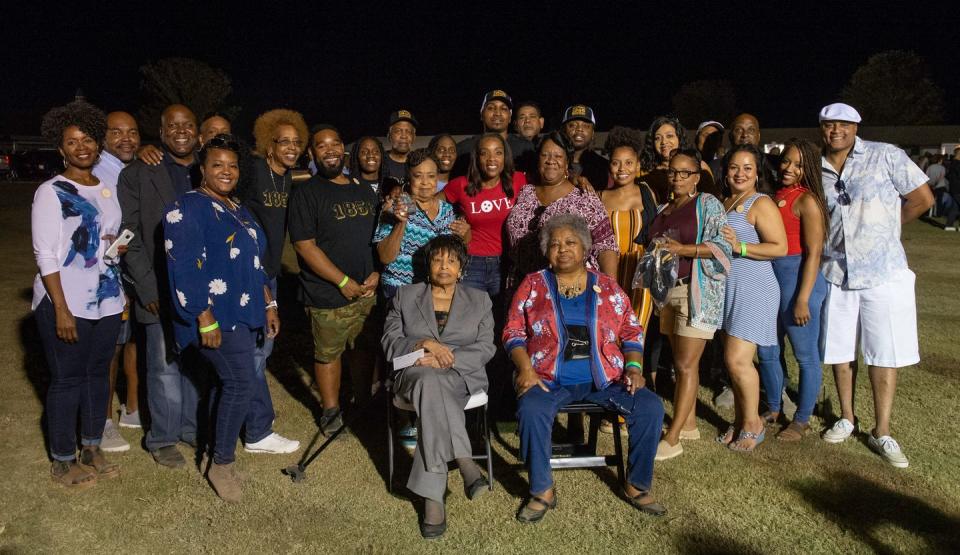
Nathan "Nearest" Green was born in Maryland somewhere around 1820. Though it's unclear whether he was born into slavery, by adulthood he was an enslaved man working on a Dan Call's farm in Tennessee. Green built a reputation for himself as a talented distiller, specializing in a filtration method for his whiskey using sugar maple charcoal to give the spirit a smooth finish. The process itself may have been brought to the U.S. by West Africans who used charcoal to purify water, but nowadays it's better known as the Lincoln County Process, a defining trait that separates the Tennessee style of whiskey from bourbon
During the 1850s, Green began mentoring a young white boy who had been hired at the farm, teaching him the secrets to his whiskey distilling method. While the boy's legal name was Jasper Newton, he would become better known to the world as Jack Daniel.
Daniel himself always acknowledged Green's tutelage and even hired Green on as a free man after the Civil War to serve at the first master distiller of the Jack Daniel's operation. But Green's story was largely lost to history after his retirement, and might have remained so if not for a woman named Fawn Weaver, and Green's dedicated descendants.
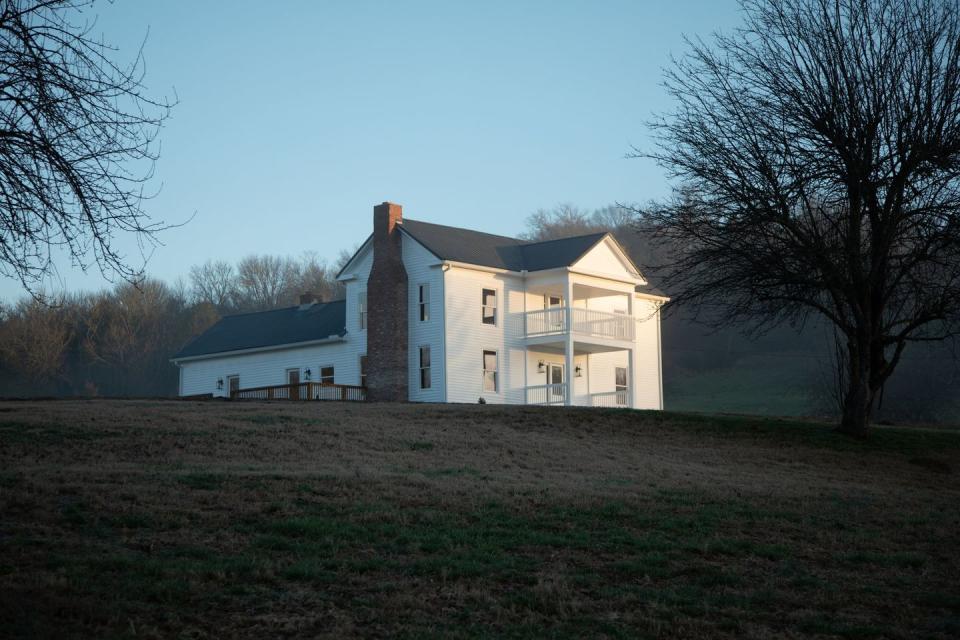
Weaver, an entrepreneur in everything from PR to private investment, stumbled across Green's story in 2016 and became enthralled. She relocated to Tennessee to delve deeper into Green's history, envisioning a book and film projects. In the process, she got in touch with many of Green's living descendants–including his granddaughter who passed away at the age of 108 last year–and began building a fuller picture of his legacy.
"I’d written half of the book and then had to pause because I lost track of Nearest in 1884—no additional records, but I have reason to believe that was not the year of his death," says Weaver. Due to a fire that destroyed census data, there was a 16 year gap between the last records of Green's life and Weaver felt that she couldn't reasonably complete her project without that information. (She currently has two researchers looking for more pieces of the puzzle, and believes that both the book and a film about Green will one day come to fruition.)
Stalled out on her original ventures, Weaver began looking to Green's own medium for making an impact.
"Quite frankly, I had no interest in going to my friends and family and asking them to invest in a project that had 100 times more likelihood of failure than it did of success," she says of her reluctance to get into the whiskey business. But when Nearest's family members were asked how they felt he should be honored, their answer was that his name should live on a bottle. A descendant of Jack Daniel's family, who'd retired as the head of whiskey operations after 31 years, even offered to come out of retirement if Nearest were ever honored with a bottle, Weaver adds. "It seemed like it would have been irresponsible to not at least try. So, I tried. And we became a part of the 1% that not only did not fail, but are continuing to grow and thrive."
Uncle Nearest, a whiskey inspired by Green and his legacy, launched in 2017 and has become the fastest-growing independent American whiskey brand in U.S. history, according to the brand. In the years since, they have opened their own distillery in Shelbyville, Tennessee and developed a three-bottling product line featuring the original 1856 Premium Aged Whiskey, the 1820 Single-Barrel Edition, and a 1884 Small Batch bottling curated by descendants of Green.
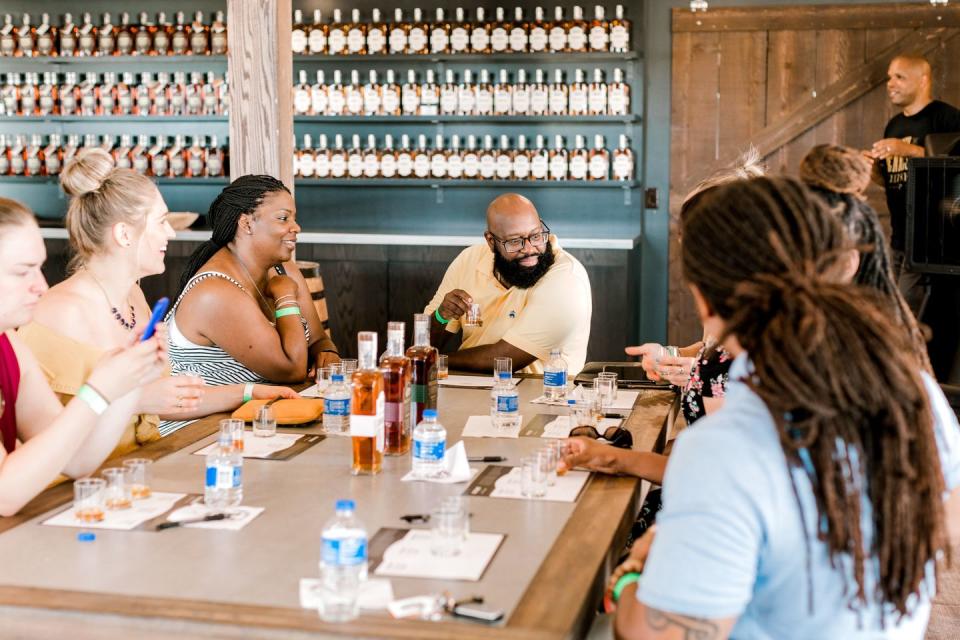
Green's great-great-granddaughter, Victoria Eady Butler, was chosen as the first family member to curate a bottle. Butler worked for 31 years for the Department of Justice before joining Uncle Nearest as Director of Administration, helping to oversee a scheme which grants full scholarships to all of Green's college-age descendants. And though she had no industry experience when she began tasting, the palette doesn't lie.
"Her first batch became such a fan favorite that we asked her to do the second batch. And that one sold out so fast we asked her to do the third batch," says Weaver. "With every batch, she just kept getting better and better. Shortly, thereafter, I asked her to become our Master Blender, as it was important to me that someone who was in Nearest Green’s bloodline be the one stewarding over the whiskey in the bottle that bears his name."
Several member of Victoria's family have worked in the whiskey industry over the years, and she says she's been able to draw on that shared knowledge as she's developed into the first African-American female master blender on record in the U.S. "There has been a lot of on-the-job training and I’ve enjoyed every minute of it," she says. "The more I learn the more I feel connected to my great-great-grandfather and work he did all those years ago. It’s wonderful!"
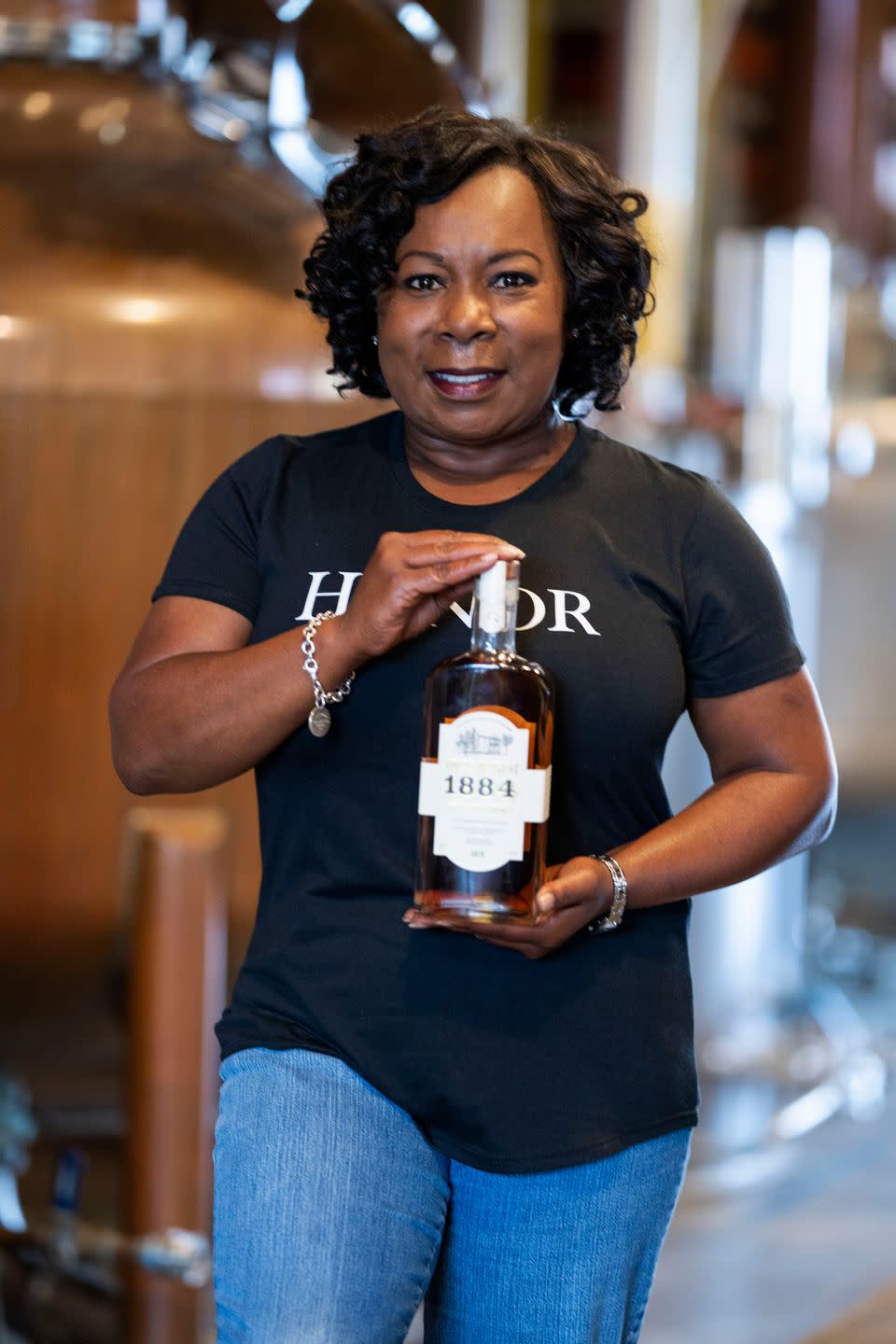
As a brand featuring a primarily non-white team with an all-female leadership, Uncle Nearest has encountered some of the same issues that Green's legacy itself faced; struggling to be acknowledged by an establishment that expects a different archetype of a distiller. In the very beginning Weaver even had her husband (a Fortune 500 executive) pose as the CEO of the company in order to get distributors, bottling fabricators, and more to respond to her team's calls.
"He either got straight through or received calls back within the same day," she says. "They thought it less odd that he’d be running a whiskey company in Tennessee while maintaining a very full time role in Los Angeles, than... to simply believe I was the chief. It took a lot of the folks in this industry over two years to realize I was actually the one running the company. Success has a funny way of changing how folks see you."
But as for honoring Green's legacy in itself, Weaver says the industry was more than receptive. "In terms of being open to acknowledging Green’s achievements, that is something this industry embraced from day one. There was never any pushback. We had too many documented artifacts that told his story and cemented his legacy. I never had a doubt that his story would go down in the history books, would be taught in university courses (as is already happening), and the Mount Rushmore of Whiskey that has always included Johnnie Walker, Jack Daniel and Jim Beam, would now have a person of color formally etched in stone. This industry backed that from the beginning, and I am incredibly proud of them for that."
You Might Also Like

